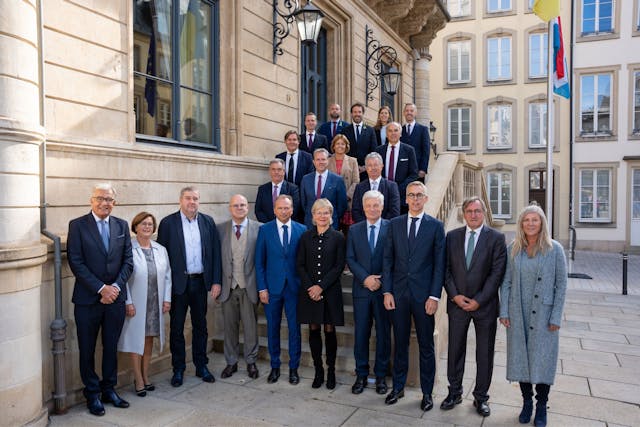Presentation of the National Action Plan for Equality between Women and Men.

Clay Banks, Unsplash
On 31 March 2025, Yuriko Backes, Minister of Gender Equality and Diversity, presented to the public the updated National Action Plan for Equality between Women and Men, which was approved by the Government on 7 March - the eve of International Women's Day.
At the press conference, the Minister recognised that despite the progress made, gender inequality remains a reality. According to the European Institute for Gender Equality (EIGE), at current rates it will take Europe another 60 years to reach parity. Globally, the situation is even bleaker, with the World Economic Forum estimating this timeframe at 134 years.
Yuriko Backes emphasised: "Reducing inequality requires not only efforts on the part of the government, but also a broad mobilisation of the whole society. Equality must be felt everywhere, every day and by every person." Various ministries were involved in the preparation of the adaptation of the plan through the Inter-ministerial Committee for Gender Equality.
The updated plan builds on the previous one, but now centres around three strategic priorities, broken down into six specific objectives. These include countering sexism and gender stereotypes, creating a more inclusive environment, increasing awareness and data quality, and supporting gender equality in areas such as artificial intelligence, defence, transport, sport and culture.
The document includes 55 measures and 109 specific actions covering key sectors of life - from employment and education to local governance. Some of the previously proposed initiatives have been retained, but have been deeply revised to better fit current realities. At the same time, new measures have been introduced that are adapted to contemporary challenges, including combating inequalities in innovative and previously neglected areas.
Examples include introducing standardised training programmes, developing accurate data collection and analysis tools, increasing representation of the underrepresented gender in governance and public institutions, as well as supporting civic initiatives and providing an appropriate legislative framework.
Thus, the Government relies on a structural, intersectoral and number-oriented policy, where the issue of equality is no longer seen as an auxiliary issue, but as a prerequisite for sustainable social development.





